A sustainable engine for development and economic growth
by Sebastian Sorondo *
Every year in November, the New York City Marathon attracts 50,000 runners plus their families and friends, who spend an average of one week in the city. Tour de France, the famous pro-cycling race that takes place every July, moves an important amount of cyclists that go to cycle around the Tour and around France, during the whole month. Chamonix hosts one of the biggest ultra-trail races in the world around Mont Blanc every August that fills up to the last spot in every hotel in town and its surroundings, despite the stars or service of the accommodation. We can continue with many other examples that can demonstrate how worldwide, large and mid-events are changing the way people travel.
In the past decades the reason why people travel significantly changed in the leisure segment. Sports and outdoor activities raised as a strong segment, hence people find there a reason to travel. Back in the day tourists used to travel to sightsee and get to know a location without knowing what activities they could do until they arrived at the destination. Nowadays, there is a large group of travellers that choose the location and hotels on their behalf since outdoor activities, sports and cultural events are generating a lot of interest.
We define this segment as active tourism, the travelling philosophy that combines adventure, ecotourism and cultural aspects of a discovery tour. We can include three most important sub-segments in this space as defined by the World Tourism Organization: Mountain Tourism, Sports Tourism and Rural Tourism. According to UNWTO, these three sub-markets sum up more than 650 million travellers year on year.
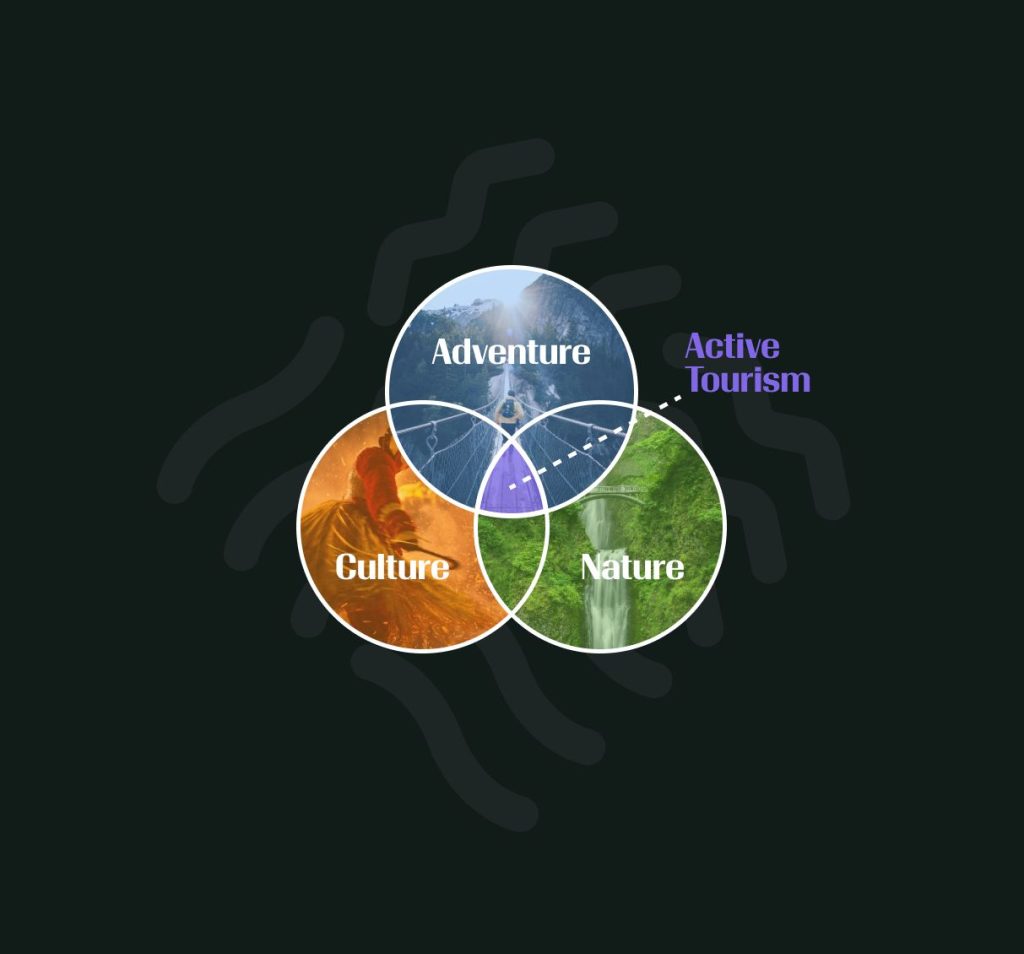
Aside from travelling to do an activity, people are changing the way they make decisions on where to travel. The new traveling model consists in deciding first “what” activity to do and then decide “where” and “when” to do it. These are the primary drivers of travel, and what we call “the new model of travelling”. Travellers are deciding their budgets and destinations because of the activities they are doing and when is the best moment to do them. As a result, guests are spending their money in hotels and restaurants, in a particular location chosen by the activity they intend to do in a determined time of the year, that best suits that particular activity and their own schedule.
“WHAT” ➡ “WHERE” ➡ “WHEN”
Nowadays, nature destinations are competing not only with one another to attract tourists interested in their scenic views or luxurious hotel services, but also with their array of activities and services for those activities. Destinations are not only competing with their neighbours but also with destinations all over the world with the same possibilities of enjoying outdoor and cultural activities. So, differentiation on services and the simple way to get the information are key elements on the new offer.
Let’s think about a group of friends that want to go on a cycling trip and have 10 days in between March and June. We suppose they like courses for riding around mountains and not too much traffic so they can road cycle comfortably and enjoy the landscape. With this information, they have to decide where they can and want to go. If they surf the web, they will find that places like Bromio in Italy, Crans-Montana in Switzerland and Annecy in France are really nice places to go in June and they will compete with Mallorca in April or Girona in May, both in Spain or San Martin de los Andes in Argentina, in March. Here, the services the location may provide and the manner in which the information is conveyed are just as significant as the locations or the courses. The offer must solve the problem of giving accurate and easy information for helping users to decide their next trip. This defines how destinations are promoting themselves and offering their possible customers what to do and which is the best moment to do it.
Travellers have little time and endless options to search for the perfect location and the right moment to create their next itinerary. The lack of choices and knowledge of the locations to do the activities and when are the best moments to do them is a huge problem of the offer. Technology and information are already there to solve it but we have to put it together to generate the extra mile and deliver the services new travellers need. With this new supply, new services will flourish in terms of activities to promote the destination and the circle will close.
People decide what they want to do and how much time they have to do it, and as a result, they decide where to go, where to stay, and how long they are willing to stay. Understanding these new needs and shifting the attention to the customer experience, personalising the service, is essential to help to create a solution and fill up the mid and low seasons.
We believe this new model will help to simplify the offer of the destinations with this new way of decision making on how to travel. Also, showing all the activities travellers can do in the different seasons will generate a stable offer all around the year developing local businesses, helping stabilising jobs and improving services around activities. This generates a solution for mid/lower seasons that could generate the revenue and help to change cost structure that destinations need to compete.
It is not only about creating the service and putting the info in the web, but also having a good approach to our customers that have endless options and are bombed with info 24-7. We have to approach them in an easy way, free and simple, helping them to save time and personalize their plans.
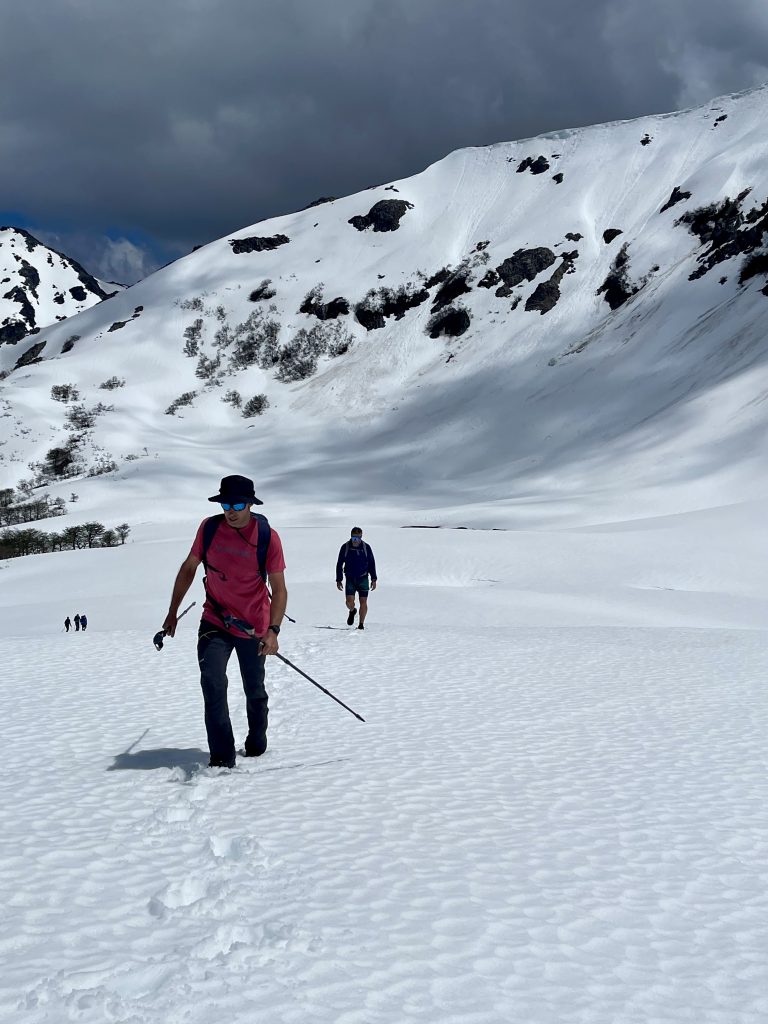
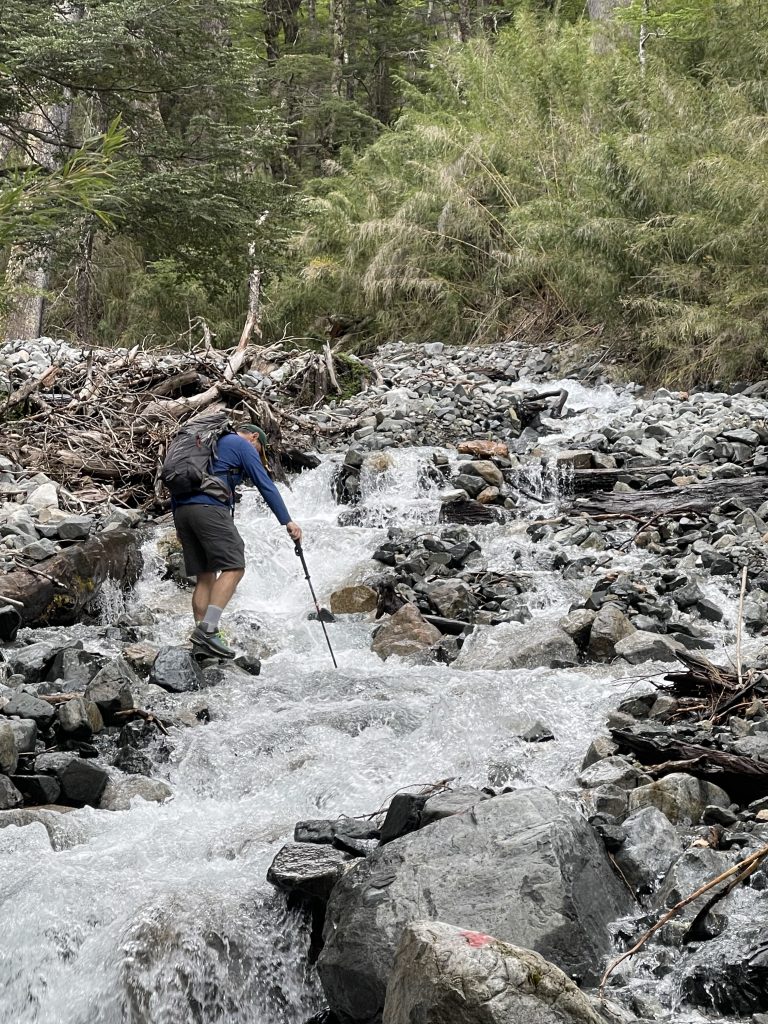
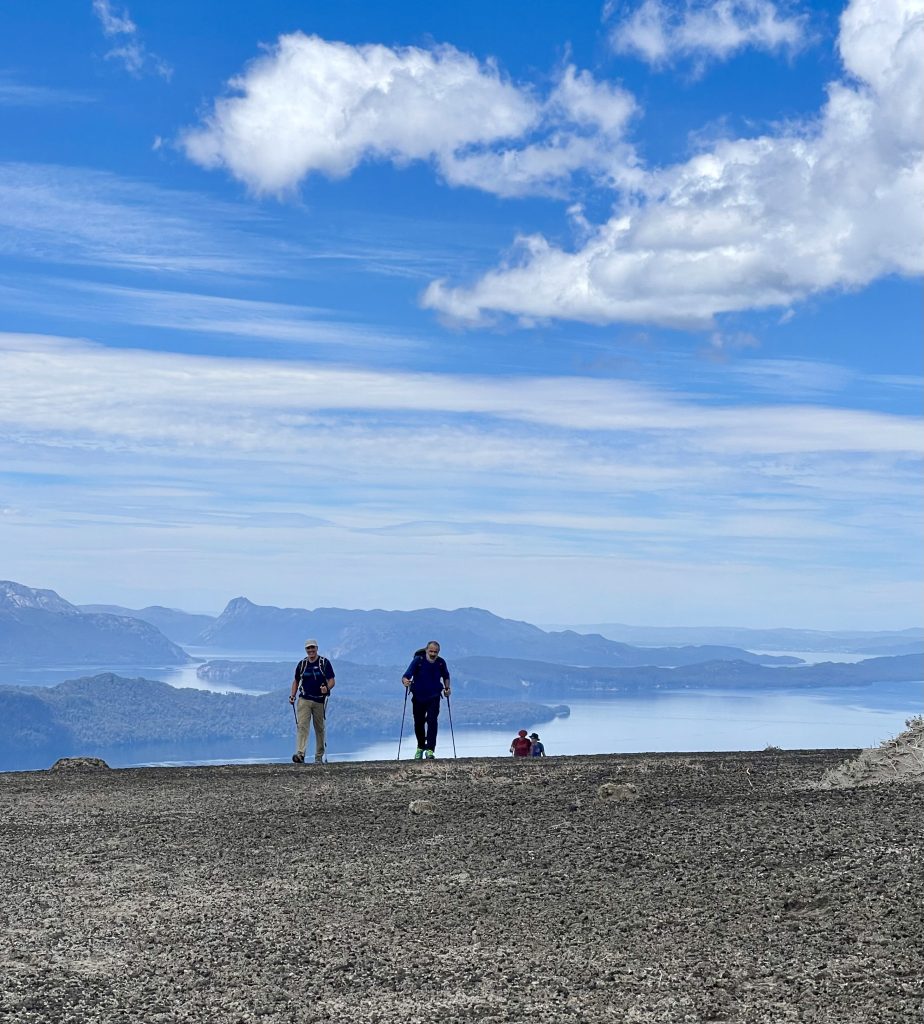
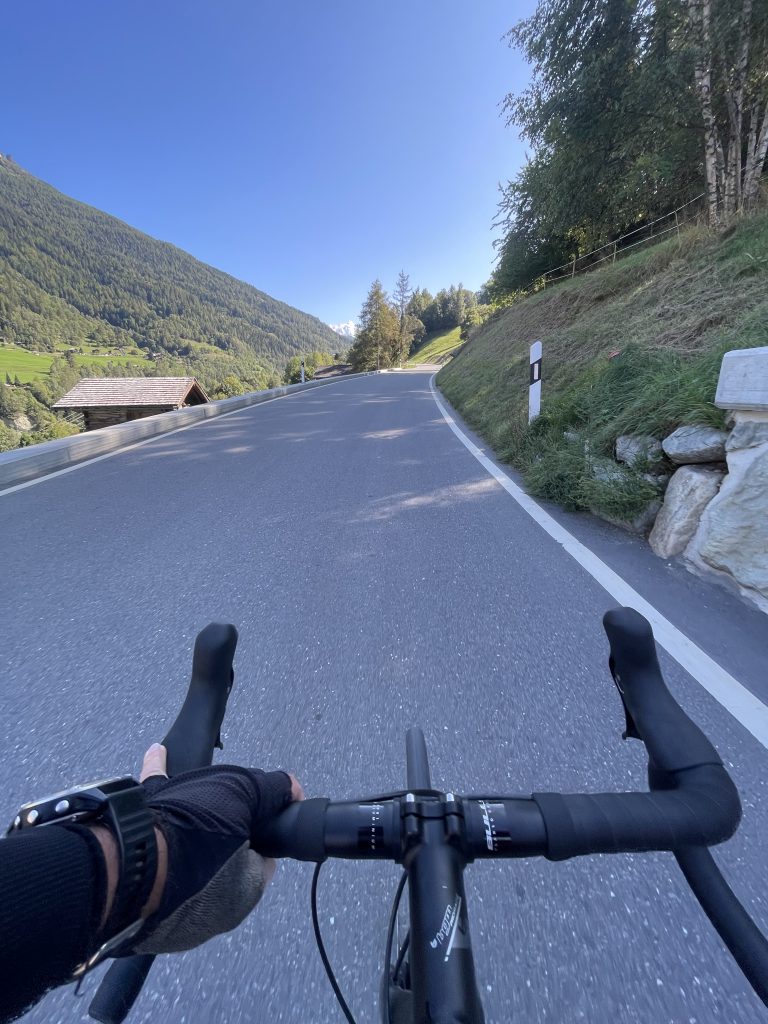
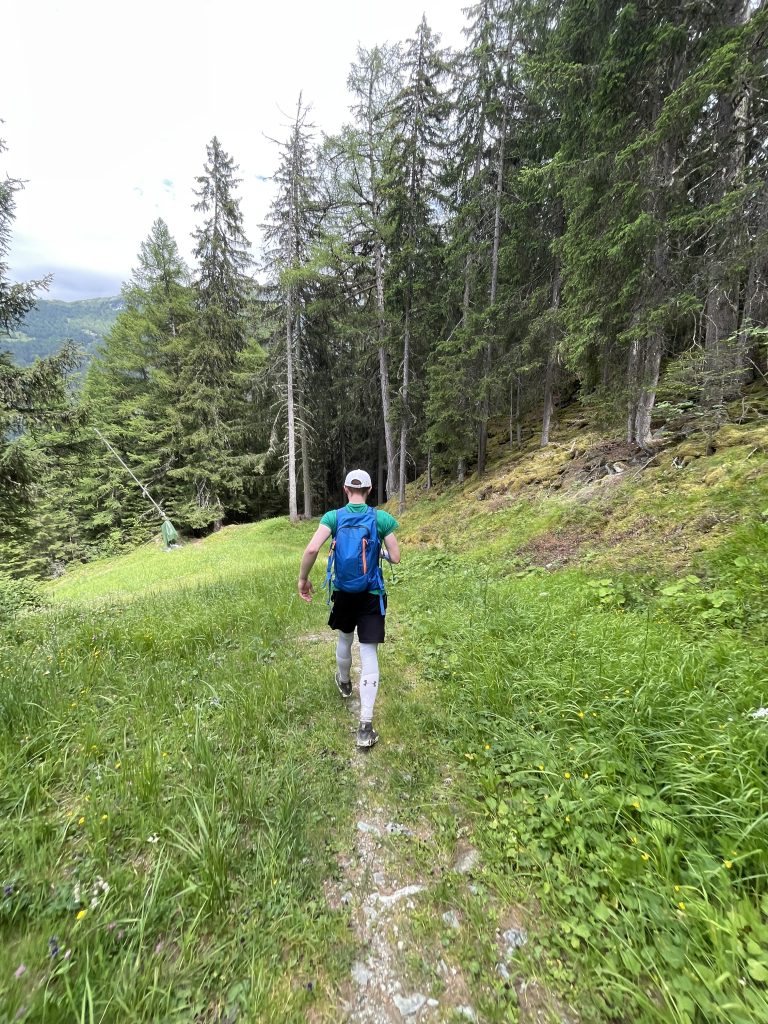

* Sebastian Sorondo is a Hospitality professional focused on Sports Hospitality with more than 15 years’ experience in developing customer journey and sports marketing. With a background in economics and communications & marketing, Sebastian studied for a Master’s degree in Hospitality Strategy & Digital Transformation at Les Roches, Switzerland. Sebastian is a competitive cyclist and trail runner and outdoor sportsman.

Leave a Reply